The Challenge of Student Group Dynamics
Young people don’t come with an instruction manual or built-in skills to collaborate effectively.
If you’re a teacher or group leader frustrated by the dysfunction or disengagement in your class, this post is for you. Stronger relationships among students amplify your outcomes, whether in academics or teamwork.
In this post, we’ll explore five team-building activities for students that are practical, fun, and proven to foster connection. All you’ll need are simple materials like rope, a tin can, a deck of cards, and pen and paper.







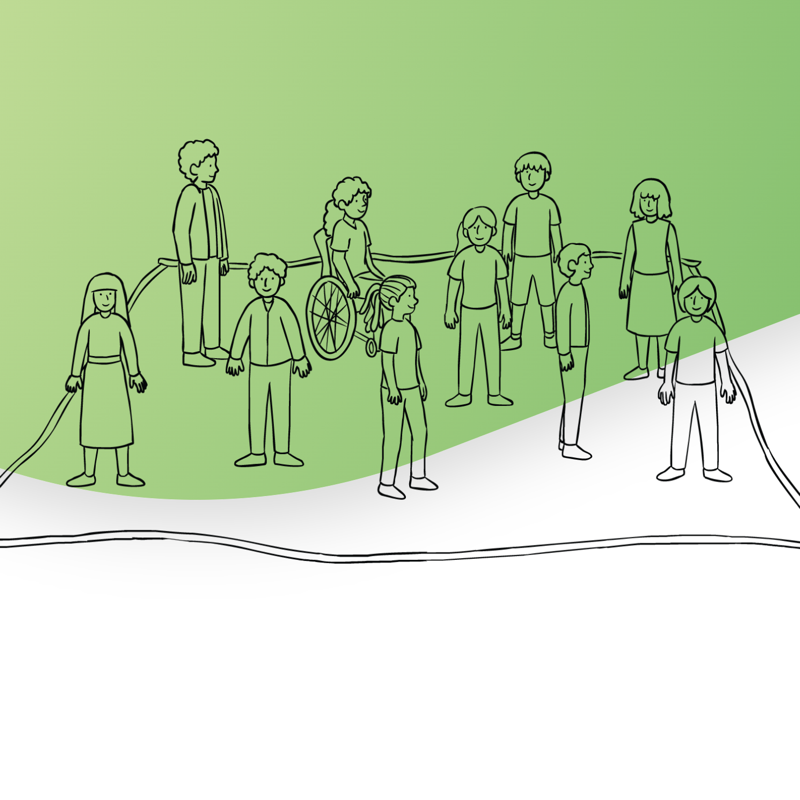
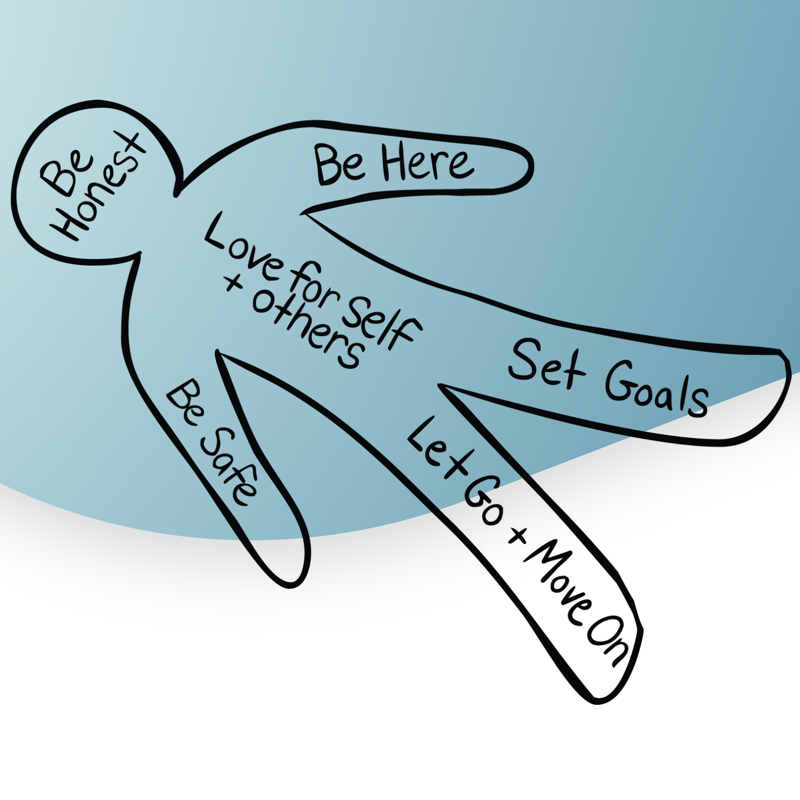
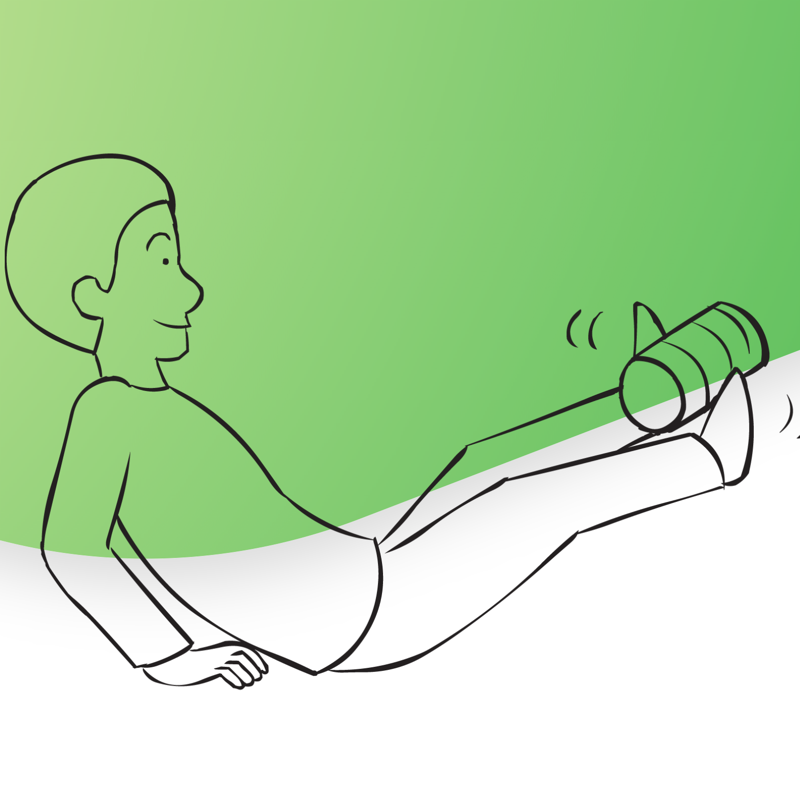
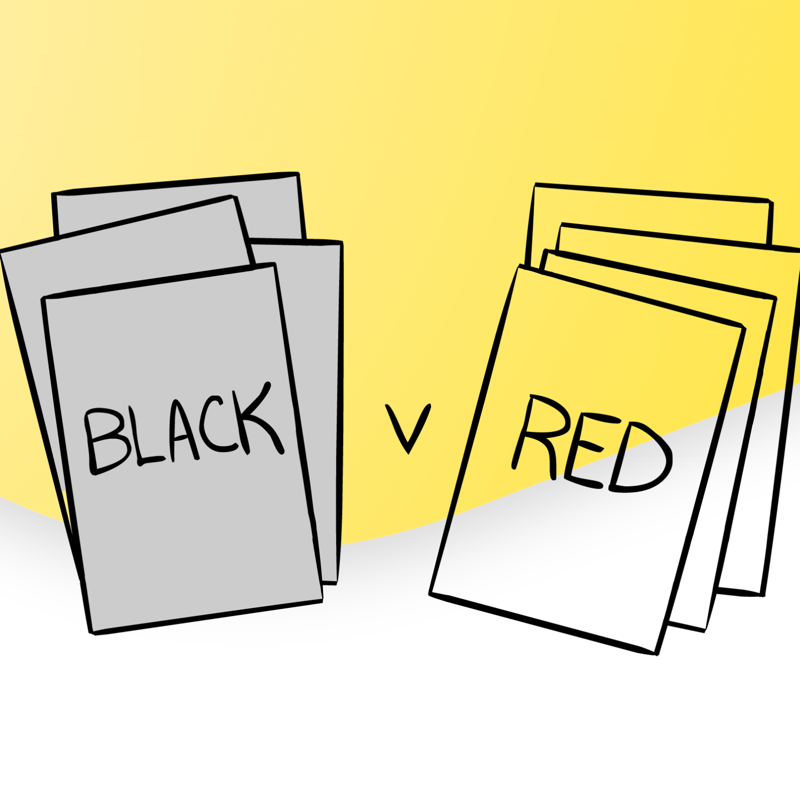

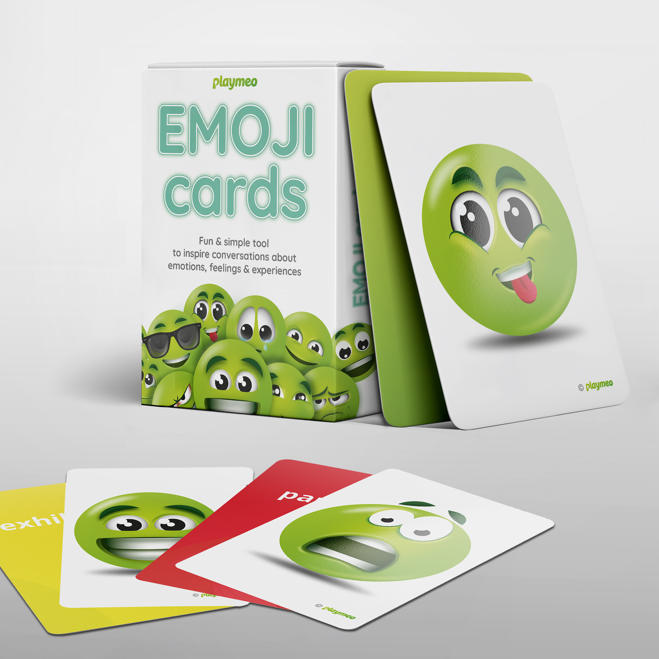

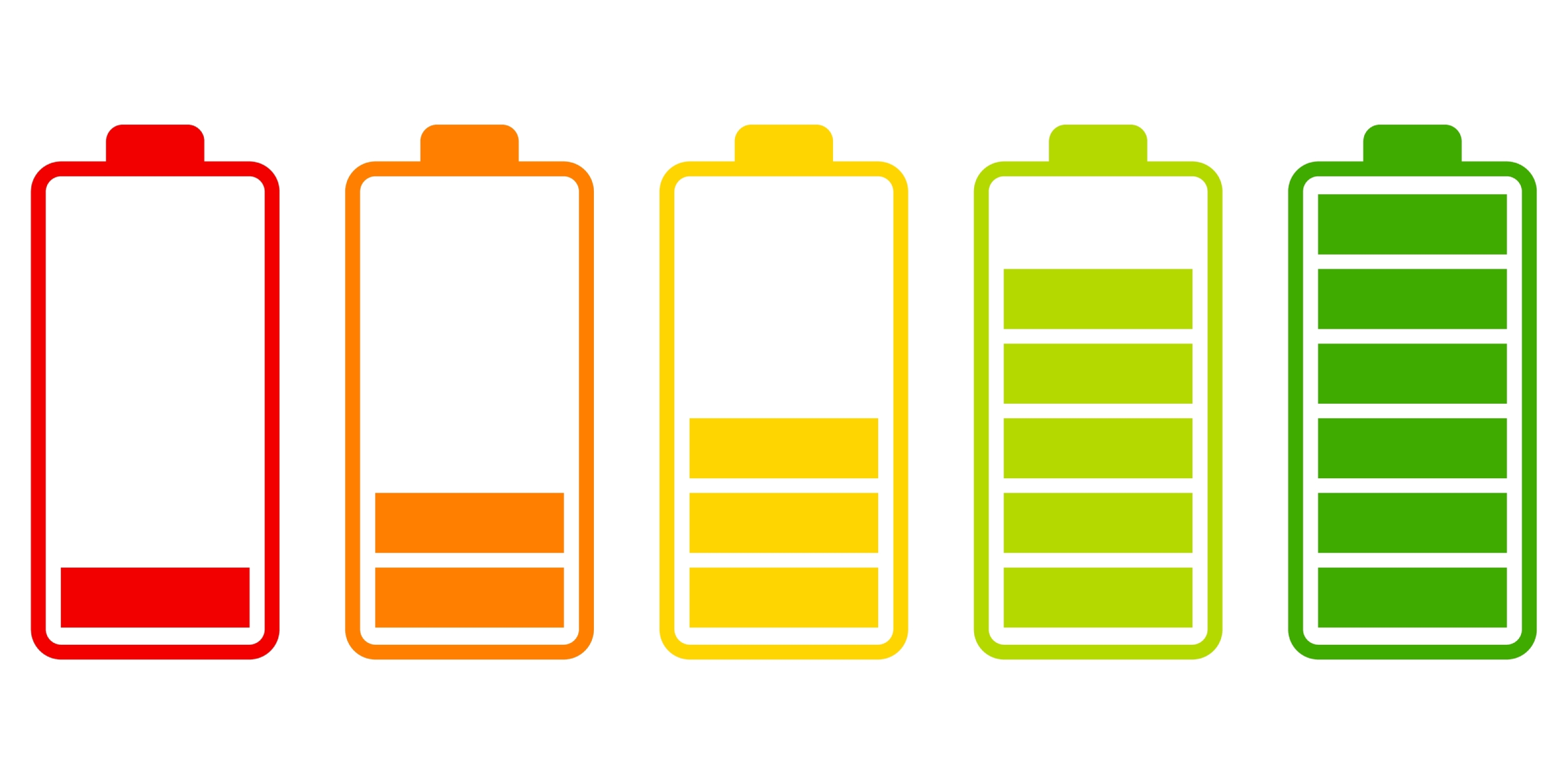



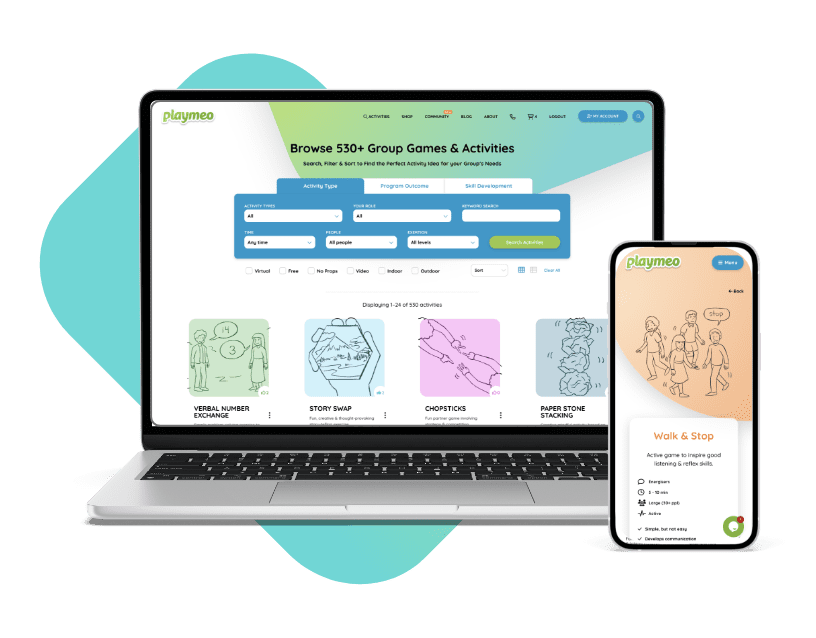
Original post November 2024, last updated December 2024.